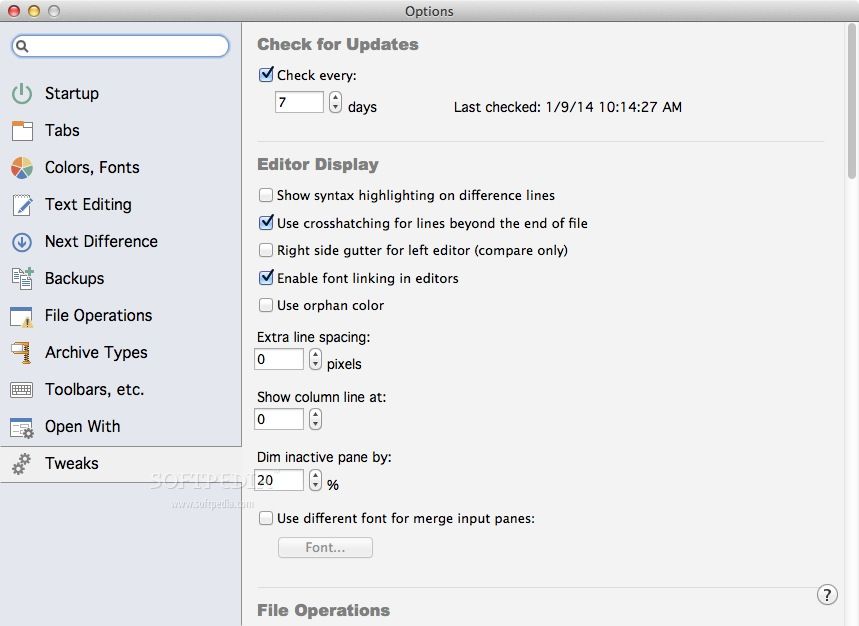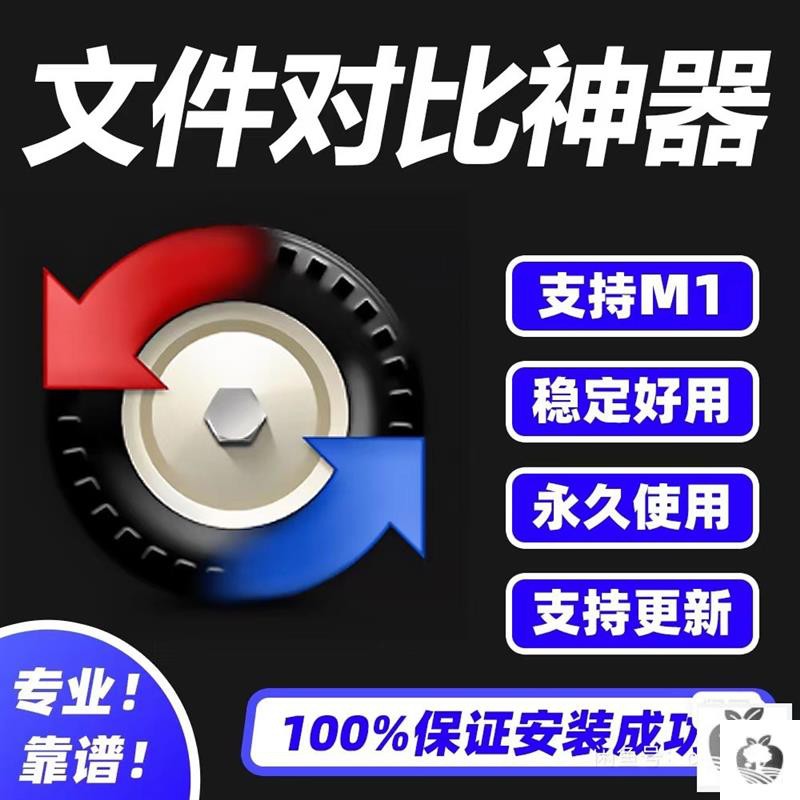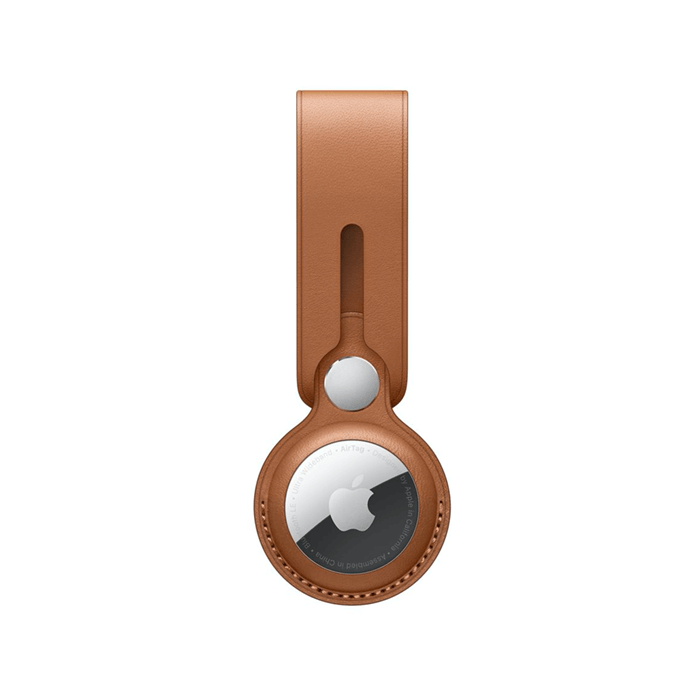

Perhaps the biggest bonus is that you don’t even have to pay more for the privilege, as Apple has priced the new models the same as the old models that punched their weight far below these. The Apple M1 silicon grants the latest Pros a new lease of life, with improved performance, speedier integration with macOS Big Sur, and frankly ridiculous battery life.

Now, though it seems that their age is coming to an end. The Intel-powered 20GHz MacBook Pros were already powerful machines that could get plenty of work done without a sweat. Which apps will run on M1 Macs to check if any mission-critical ones are not compatible at the moment.
BEYOND COMPARE MAC M1 SOFTWARE
Until then, Apple’s Rosseta 2 software should keep things ticking along. While the official Apple apps are M1-ready, it will be a little while before other applications become Universal apps that can run natively on all of your machines. These tweaks include almost instant wake-up from sleep, as you’d get with iPhones and iPads, faster launching of apps, and of course that amazing battery life. Apple has something a bit special cooked up for the new models though, as macOS has been optimised to make the most of the new chips. 3.5mm headphone jackĤxThunderbolt 3/ USB-C, 3.5mm headphone jackĪll of the current range of MacBook Pros will be compatible with macOS Big Sur, as will those replaced by the M1 machines. M1 SoC, 8-core CPU with 4 performance cores and 4 efficiency cores, 8-core GPU, 16-core Neural EngineĢ.0GHz quad-core 10th-generation Intel Core i5 processorĢxThunderbolt/USB-C (USB4).

Here’s a breakdown of the technical specifications of the current offerings:ġ3.3-inch LED IPS display 2560-by-1600 resolution, 227ppi pixels, 500 nits brightness, Wide color (P3), True Tone technology
BEYOND COMPARE MAC M1 PRO
Other than these subtle, but significant, changes, the MacBook Pro line is very much as it was before the M1 models arrived. Thunderbolt 3 docking station, then sticking with Intel is your best option.Īdd two or more external displays to an M1 MacBook, although it requires downloading a third-party software driver. If you rely on multiple screens from your Mac laptop, usually connected to a Twenty hours? That’s crazy! External displaysĪpple’s M1-based MacBooks support only a single external display in Extended Mode, compared to Intel Thunderbolt 3 MacBook Pros that can connect to two external monitors (at 60Hz 4K). Where the Intel MacBook Pros could deliver up to ten hours of battery life, Apple claims that the M1-powered laptops can double that to twenty hours! If that’s true, then it’s a game changer. The other major development that will appeal to most users is the fact the efficiency of the new silicon means that battery life has seen a massive improvement. If the UMA works as Apple says it does, then it could be a major step forward for the Mac. This could explain why the maximum amount is 16GB as opposed to the 32GB that’s available on the remaining Intel Pros. It’s called Unified Memory Architecture, and should mean it can access data much quicker, as there’s no need to copy it out to the other memory locations. One of the most interesting innovations in the M1 is the fact that Apple has incorporated the memory into the SoC rather than as external chips, as you’d find on the Intel versions. Read our more detailed look at the new technology to see Not too shabby.Īpple does claim that the new MacBook Pro (M1) is the “world’s fastest compact pro notebook”, but we’ll have to see it running in lab conditions against the competition before we can accept that statement.

New M1 Macs are getting rave reviews, so the improvements must be proving themselves true.Īpple does give some specific figures when it comes to the M1, with rendering a complex 3D title in Final Cut Pro being up to 5.9x faster, the ability to perform machine learning tasks in Create ML up to 11x faster, and playing back full-quality, 8K ProRes video in DaVinci Resolve without dropping a single frame. These advances should give the new models a serious advantage when it comes to rendering video, editing photos, coding, and even gaming. Apple claims that the CPU is up to 2.8x faster than the previous generation MacBook Pro and that the GPU is up to 5x faster than its predecessor. The M1 comes with an eight core CPU and an eight core GPU, which combine to deliver some serious power. Well, now that they’re here, it seems like Apple was right to take this route. Since Apple announced that it was intending to ditch Intel and go with its own chips, there has been a massive amount of anticipation surrounding the first products that would arrive with this feature.


 0 kommentar(er)
0 kommentar(er)
